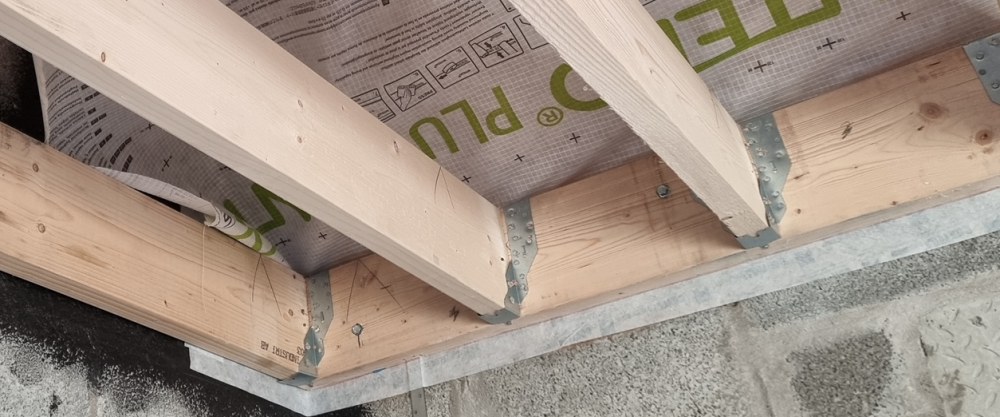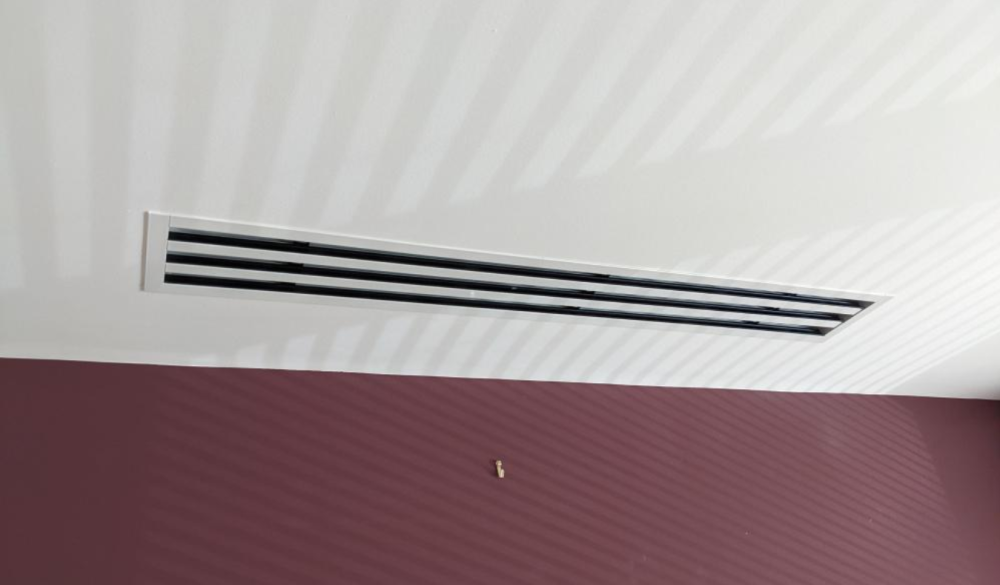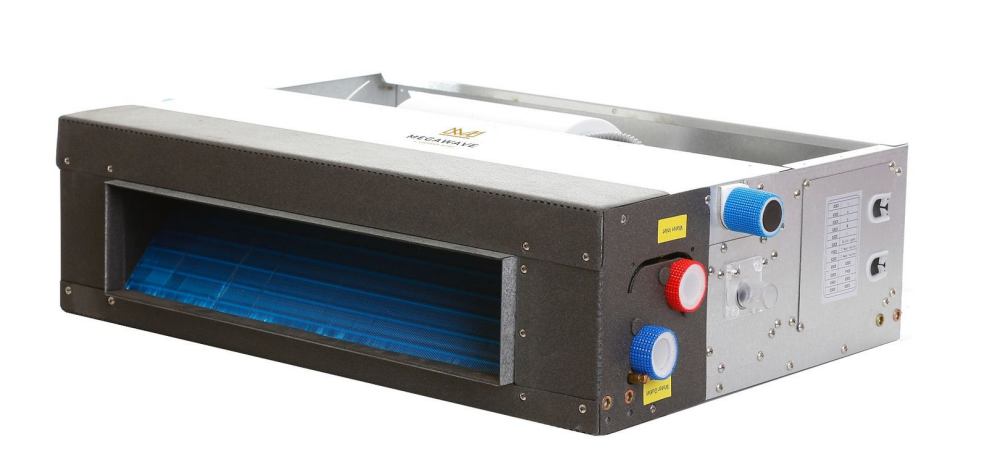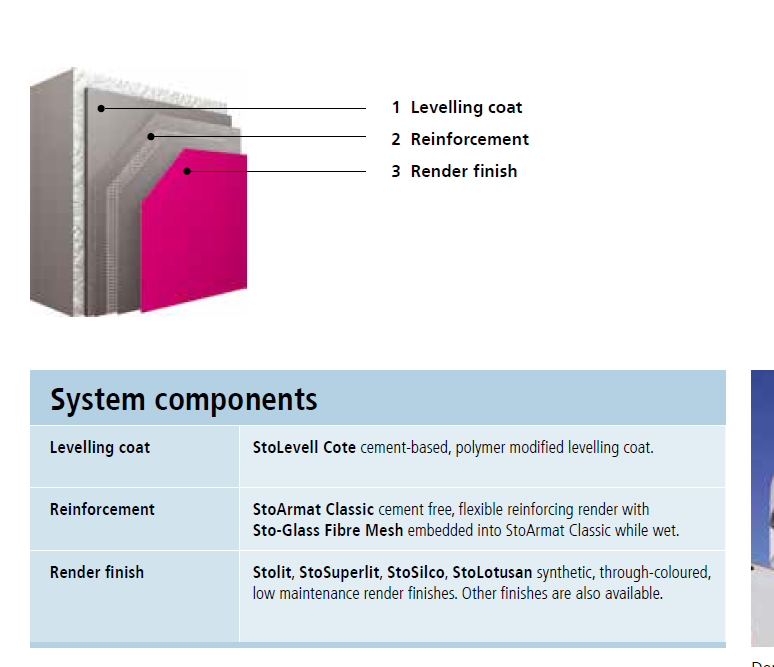-
Posts
506 -
Joined
-
Last visited
Everything posted by Mr Blobby
-
The first floor ceilings were plasterboarded a few weeks ago and then, of course, the dust generator went into overdrive covering the joists and plaster board with a mega layer of dust. I now have this terrible urge to go into the loft (before its partially boarded) and set about the impossible task of hoovering up the dust. I really don't like dust. Builder thinks I'm mad. Am I?
-
That's what I thought. Left open, our builder tells me the renderer will fill them in next month. Just seems odd the installer didn't close them. I could go do it myself but then the builder will laugh at me.
-
About the width of my fat fingers
-
Beads have been blown into the cavity, leaving me with a house that looks like a colander, inside and out. Can I leave the holes open until rendering at the end of next month? Or is it better to mix up.some mortar and fill them?
-
I have been assuming for the last year that the gutters are not installed (brackets are in place) because the render needs to go behind the gutter at the top and gutters would cause an obstruction. And so I have never questioned it. I will ask the builder tomorrow why the gutters are not installed tomorrow and suggest that gutters need to be in place to protect wet render. Are gutters normally installed before rendering?
-
I agree. I wish gutters had been installed, even temporarily, a year ago. Walls are green at the valleys so I recently put temporary guttering up at the valleys. Our builder doesnt seem to care about this. Down to me to clean the green off before the rendering is done.
-
So, after frustrating delays all summer, the only option I now have for rendering this year is the last week of November. Which in Northern Ireland means its cold, dark and wet. Do I reject the builders optimism and assurances and hold off until April/May? Or chance it with the weather? This is so damn annoying. Block house. KRend HP12 base coat + K1 silicone. No gutters up so walls are usually nice and wet.
-
Accepted practice is to install perimeter insulation around screed, which makes a lot of sense in a traditional build on the ground floor where the UFH would otherwise be heating cold walls. But does the screed need to be insulated in a well insulated floor? Our 100mm screed will be going over first floor hollow core slabs. Block walls have 250 cavity and no thermal bridges anywhere as far as I know. Foundation is Kore slab. We will have some UFH loops in the FF screed, but this is hopefully not required for heating, but is there just in case. We may need it for cooling. Do we really need to insulate the screen from a very will insulated perimiter? Is the insulation still required to prevent cracking in the screed? Our builder also wants to insulate below FF screed by first pouring 50mm insulated screed and then 50mm flow screed on top. I would be quite happy for the UFH heat/cool to pass to the hollow core slabs rather than have quick response times. Is that mad? UFH flow temps will of course be much closer to ambient temps than a "normal" house. In a well insulated passive house then, is there any need to insulate the screed... 1. Do I need 50mm insulated screed below 50mm flow screed to insulate the FF Screed from the hollow core slabs below? 2. Is there any point in installing perimeter insulation when the walls will hopefully not be "cold"?
-
Thanks all. Stop beads look neater and make sense to me. This afternoon the joiners on site gave me that look (the rolling eyes shaky head look) when I asked about using a stop bead at the window frame/reveal junction. Said they'd never seen anything like it and the vertical DPC is there to keep it weatherproof and nothing else is needed. I can see this is going to be an impossible task to convince anyone that there is a another way of finshing the render at the reveal 🙄 Just to be clear, our windows are aluclad upvc, not aluclad timber. Our walls are block cavity, to be rendered, no EWI. Is stop bead still relevant? On line examples look to be for EWI.
-
I'll check with the render guy but talking to trades on site the only way it's done here is to render up to the vertical dpc against the window frame and then trim the dpc after rendering. No bead at the window frame. Silicon in the crack later if you want. The vertical dpc, I'm told, will stop water ingress so why would I want to change it? No concern for wind blowing into the cavity because air tight tape inside 🤷
-
Finally, finally we will be getting the house rendered in the next few weeks. If it stops raining before we run out of time this year. Build is block cavity, alu-clad windows in check reveals. In the reveal between window and check is the vertical DPC. Most windows are tight at the front against the check reveal but some have up to 5mm gap. I am told by the builder that reveals will be rendered to window frame and hence this gap will be fixed. Which leaves me naturally concerned that this is crap weatherproofing as render and frame will obviously crack. When I asked about using a bead against the window he said its not needed. A very long time ago @Iceverge helpfully suggested a window reveal bead to provide a more durable seal between render and window frame. Like this: .. which I like the look of very much. My builder is, however, going to roll his eyes when I suggest this. Why on earth would I need to use a bead here anyway, when there's vertical DPC, right? So, just to confirm, can a stop bead like this be used at the window/reveal junction and is it a good idea? This product seems to be marketed at EWI applications, which my house is not. If this is the best way to do it (my builder prefers to do things the quickest and cheapest way unless I intervene) then is the image above of the right product? And what about the vertical dpc in the way? What colour bead? White to match the render I guess. Or grey to match the window frames?
-

Alterative option to 150mm celotex + 50mm celotex?
Mr Blobby replied to flanagaj's topic in Heat Insulation
Do you have a Garage? -

Alterative option to 150mm celotex + 50mm celotex?
Mr Blobby replied to flanagaj's topic in Heat Insulation
Our original design was to put the insulation on top and have a warm roof but it proved problematic. I forget the detials but I think the SE didnt like it. Something to do with screw length to fix PIR and sarking. -

Alterative option to 150mm celotex + 50mm celotex?
Mr Blobby replied to flanagaj's topic in Heat Insulation
We have a similar roof construction to your design. Cold roof, warm loft, standing seam on top. It works well giving us a warm space in the loft and plenty of space for the MVHR in a warm space, but is not the cheapest option. As others have said, use wool between the rafters and PIR under. No way you will cut the PIR to fit snugly. Fix and tape membrane under the PIR with battens. If you want to plasterbard then fix the plasterboard to the battens, thus keeping the membrane intact. We attached our cieling joists to a timber fastened to the wall under the joists so that we could run the airtight membrane behind it without being penetrated by joists. Like this: Frget about GSE inset panels on a standing seam roof. Use S5 clamps instread. And Standing seam is too nice for panels so install them at the back only. You will understand as soon as the roof is on. I'm assuming you have a timber on top of a steel ridge beam. Its not clear from your drawings. You need to keep the steel on the warm side, not in the middle of the insulation. Assuming you have gable ends then build the inner leaf lower than the outer so that you can pack some insulation between the top of the wall and the timber directly under the standing seam. We used sarking instead of ply or osb. More time and cost but the roofers loved it. In retrospect I would have rn the airtight membrane vertically instead of horizaontally. I think it would have been easier to install crease free. And better if the roofers had cut battens to install the membrane in sections but, for whtever reason, my roofers hate cutting battens. -
Thanks for the advice. I visited the other house my builder was working on about a month ago when the renderer was on site. He had a sprayer and a couple of helpers feeding the mixer, so to a layperson like myself, it looked like they knew what they were doing. Final numbers from the renderer are just in: Parex BL10 white: £12,200. Which I did not ask for (I asked for krend silicone K quote) because AFAICS the BL10 is not silicone based and crack resistance is important. Parex acrylic: £24,000. I'll look again at the KRend reference house down the road, and probably end up with that as the safe and cheaper option.
-
A whole year has past, sto rend has gone bust and we still haven't had the house rendered. After talking to the builder's regular renderer we have a choice of either a 2-coat solution of Parex acrylic with a very thin coat on top, or a single coat of KRend silicone based render. Render guy says the acrylic is the best product in terms of colour and robustness, but he would say that, as it's twice the cost. KRend is about £35 sq/m, acrylic 75 ish. Do those numbers seem reasonable? Builder thinks I'm bonkers to spend more than Krend. All his other builds are rendered with Krend silicone and he seems to think the KRend great. Our house is block build. With external area of abour 300 m2 then its about 10k more for the acrylic. Is the renderer correct, is the acrylic a better product, is there anything I should look out for?
-
Your pic above is very neat. Two of these (intake and exhaust) in each room would be great as an alternative to a pelmet, but how did you connect this grill(s) to the plenum? Do you have any pics of the ducting in the loft? Did you buy all the ducting and grills from ductstore.co.uk?
-
I think that's actually the right way up, the intake sucks air in at the bottom and spits it out the front. Not much, but hopefully better than just slab cooling, esp in bedrooms with solar gain and carpets on the floor. And we are in Northern Ireland where it rarely gets above 23C on a summers day. I'm getting the impression that pelmet is the way to go here 🤪
-
Yes, warm airtight loft. Plenty of room to install a pair of these in the eaves, one over each SW facing bedroom that are most likely to overheat. I think taking the intake air from the loft will be ok, as it would mean only one grill in the ceiling, and easy access to change filters. The supplier tells me the FCU in the above image can only be installed horizontally because of condensate tray (although I would be running above dew point). I don't really want to build a bulkhead like a premier inn bedroom. I would prefer a single exhaust grill in the ceiling facing downwards. This would leave the FCU higher in the loft which would also make for an easy connection from FCU condensate drain to the pipe connected to the condensate drain in the MVHR, leaving the option to run below dew point, should I ever wish to do so. This is a good point, the air in the loft being potentially warmer than the target bedroom. This is not really to cool the whole house as we have cooling in the slabs and some external blind and solar glazing. But I am concerned about two SW bedrooms that may be at risk of solar gain overheating. Maybe building a bulkhead is easiest. Otherwise the challenge is connecting ducting from hotizontal FCU in loft to a single grill in the ceiling. It would be a 90 degree angle and about less than 1 metre length. Has anyone done this or similar?
-
Has anyone on here actually installed an FCU like this (or similar unit) in the loft, for cooling, connected to an ASHP and with the exhaust grill in the ceiling? If so then please tell me more about the install and what is needed. How is the FCU ducted to the exhaust vent? Did you install it vertically? Did you use ducting from the FCU to the grill in the ceiling? Some pictures would be lovely.
-

Seamed Roof - what to have Zinc/Aluminum/Greencoat
Mr Blobby replied to Caroline's topic in Roofing, Tiling & Slating
One more thing to consider is the width between seams. Standard is 600, but we chose to have 400 centres. Looks better and possibly less canning with 400 centres because we have only one panel with signs of canning. More expensive of course, but not a massive difference. -

Seamed Roof - what to have Zinc/Aluminum/Greencoat
Mr Blobby replied to Caroline's topic in Roofing, Tiling & Slating
We have prefa aluminium, which is ok, but the ridge detail could have been better, something I didn't think about at the time. Confirm the details like this before install. Roof buildup is also important. There are standard guidelines for metal roofing with vented timber under the standing seam. We used sarking board instead of ply, and I think it's better for not much extra cost. -

German kitchen brands - Nobilia, Bauformat or Leicht?
Mr Blobby replied to Indy's topic in Kitchen Units & Worktops
I like the German kitchens. Another German brand, brigitte, is the cheapest I think. That's what we are getting. German kickboards are smaller, which look a bit nicer. That's probably the main difference 🫤 -
It looks like Sto Limited, the UK and Ireland distributors for Sto rend, and owned and controlled by Sto Germany, have gone bust. Which is not good. I tried to contact their support people today but have been informed that Sto Ltd is no longer answering support questions and the insolvency practitioners have installed new managers. Sounds like its not a happy arrangement 😕 and the workers have downed tools. It looks like other Sto resellers all go through Sto Ltd, so this is likely going to impact supply and support. Does anyone have any further info on this? Is this the end for Sto, or just the UK operation? If not Sto, then what other product should I use? KRend or Weber?
-

Rendering over timber section in block wall
Mr Blobby replied to Mr Blobby's topic in Plastering & Rendering
The problem is the windows are actually in place so cutting the outer leaf risks damaging the windows. I reckon I could cut a hole carefully with a grinder but perhaps the builder knows the bricklayer won't have my patience and will hack it with a stihl saw without much care for my windows. Also the windows are on first floor with rubber roofed porch underneath so more scope for damage from falling masonry. (I know, its a crap place to end up in but I can't turn the clock back😕) I'm also told that if we did insert a lintel and a course of block then the render would still be at risk of cracking anyway because its new block against old block (although I'm pretty sure this would be more stable than a timber stud bolted into the hole). Thank you @nod for your sage advice. So for a silicone based breathable waterproof render like sto, we should cover the front and underside of the timber stud with render board. Then do block wall render buildup as below, with reinforcement mesh across the join from timber to blockwork. Should I do anything else with the timber stud, like bitumin paint, or wrap in breather membrane? Would I need to leave a ventilation gap underneath like a timber frame build?







